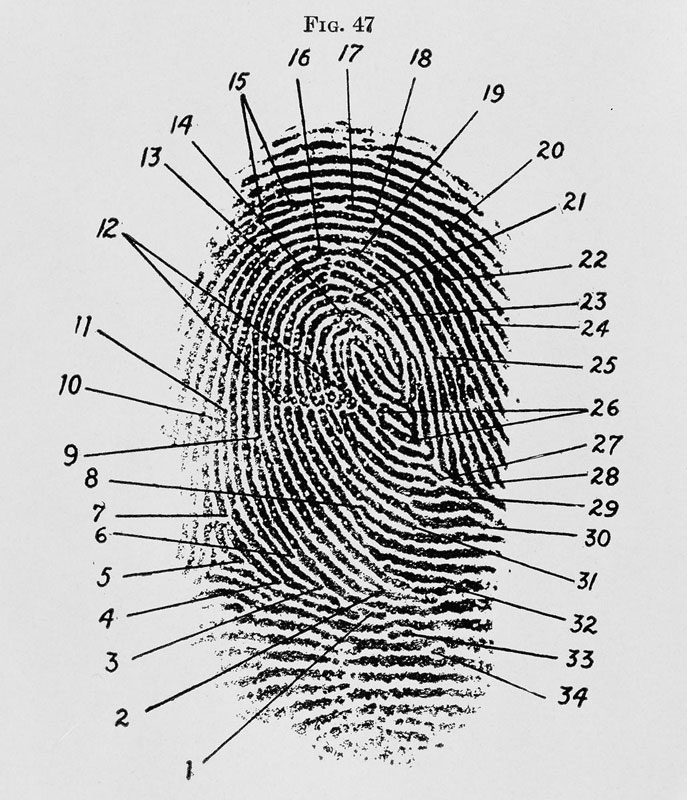
In our last class we watched a film that featured the work and process of a variety of twenty-first century artists. Art21 placed the viewer directly into the lives of these artists, capturing the immense passion and overwhelming amount of thinking behind each of their installations. The film acts as a modern documentary offering a series of interviews that allow the audience to understand the reasons why each featured artist chose to explore art and the importance of art in their lives.
The first artist the film introduced us to was Vija Clemins. Clemins works are extremely detail oriented and realistic in nature. Clemins explains how it is her ninth time painting the painting she is currently working on. Clemins describes her process as building the painting over time. Clemins also explains that the her drive to paint her series on rocks was because she desired to make them herself. The next artist Elizabeth Murray centers her work around the use of shapes and intense color. Murray explains that her method is to just let the cards fall where they may and go from there. In her interview Murray describes her process of becoming an artist and how her professors told her she would never succeed in art. Next, the film focuses on Ann Hamilton, an artist whose work deals with textile art and installation. Hamilton explains how her work represents the social metaphor that connects thread of sewing as the thread of writing. Hamilton also does a series of pinhole photography using her mouth as the
viewfinder. The shape of the mouth strangely reflects the shape of an eye, with the subject taking the role of the pupil. Bruce Nauman is the next artist featured in the film. He's work is primarily installation based pieces including sculpture and film. Nauman's process is that he focuses on something that at first appears to be functional, but at closer examination you can't figure out quite what it's function may be. Nauman explains that with art you have to approach it so that you can't watch anything in order to be aware of everything. Matthew Barney, the last artist we viewed, is a combination videographer, sculptor, and performance artist. His work is edgy and at times disturbing and violent, however it all works together to tell a central story. Barney's work points out that there is no place for fear in art. That you just have to trust your intuition and go for no matter what anyone else says.
Each of these artists push the boundaries of art in their own way. Each artist explores the questions "What is art?" and "What is art for?" I agree with Waldemar Januszczak in that the sole purpose of art is to transform the viewer, to change something inside them, to make them think. Bart Rosier writes in his article, What is art?, that an artists role is to try to express what we all feel. I think that each of the artists featured in art21 are successful in fulfilling the meaning of art.







